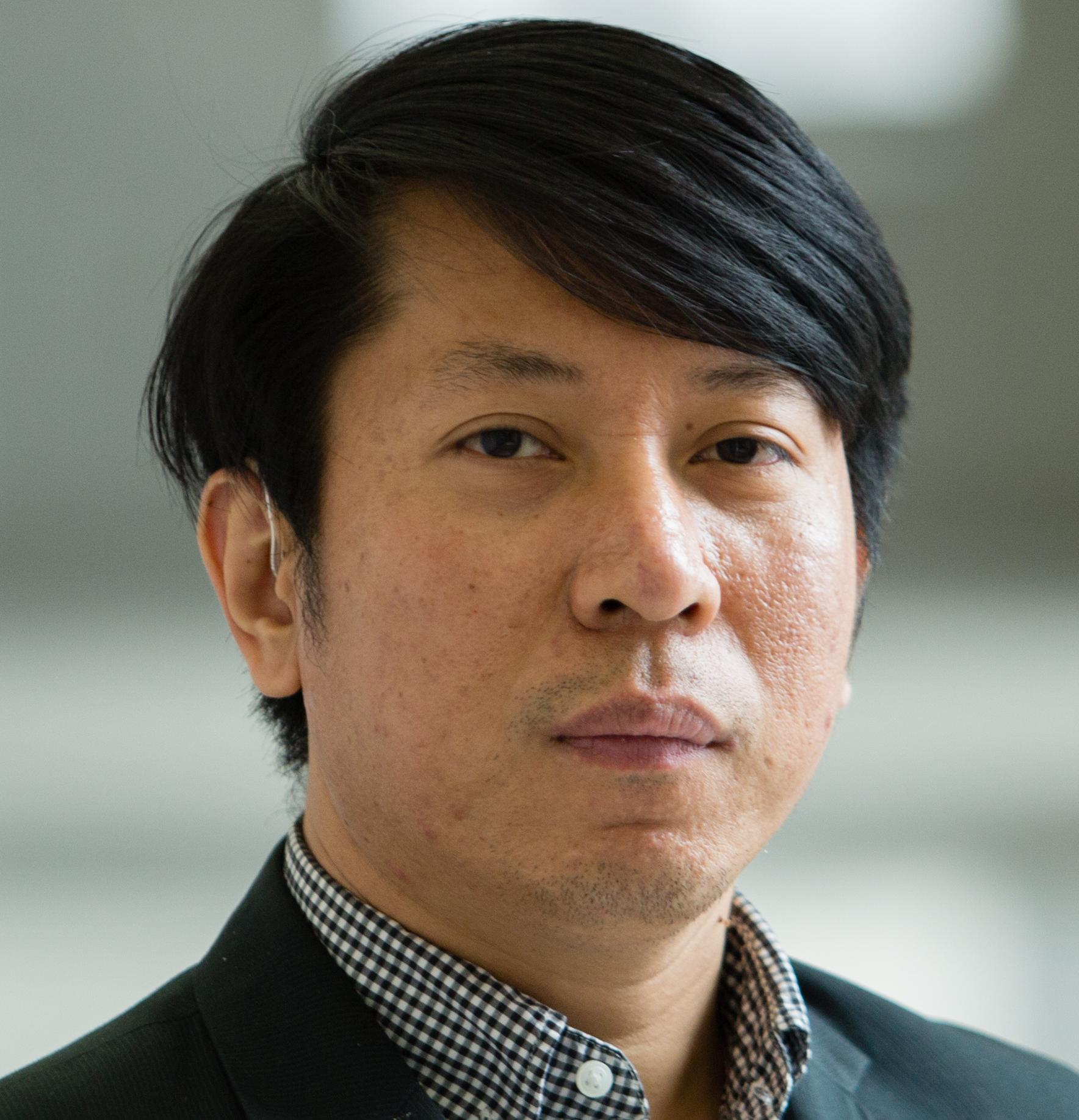China’s international influence is expanding together with its increase of comprehensive national strength; meanwhile, China also faces domestic risks in its foreign affairs.
Political Risk
The establishment of a political framework with internal self-stability and external attraction is undoubtedly a major challenge to China's peaceful rise, and its significance may be even greater than China’s economy overtaking that of the US. The US political system has been mainly attributed to the elaborate design by the group of elites who founded the state. With 200 years of practice, it shows strong vitality and power, which serves as a political foundation for the US to be world's superpower. However, it also should be admitted that most of other countries failed to choose or adopt the US political system; there are very few successful cases of doing so worldwide. Therefore, as an emerging power, China has no replicable model. The only way forward for Beijing is to learn the wisdom of political systems worldwide and combine them with its own history and culture.
Chinese history and culture is transforming and recovering in modern society, a process which has yet to be completed. At present, deliberate democracy(协商民主) is appropriate for China. The key is to ensure “effective public opinion expression” and to avoid “subversive mistakes”.
Military and security risks
It is necessary for big powers to maintain military strength. As for China, its military power is designed to defend its sovereignty and territory integrity, and to achieve national unity, rather than be an overwhelming presence like that of US or replacing the US role in the world. A proper agenda for China is to deploy sufficient defensive deterrent force in local and peripheral areas, rather than to establish global offensive deterrent power. This strategic ambition is reflected by China’s long-standing of “minimum nuclear deterrence” policy. In terms of conventional armed force (including aircraft carriers and sophisticated weapons and equipment), China has yet to develop a clear strategy. Showing great power image and strength is essential, but it needs a dedicated research into what is substantial enough for China.
In this case, Beijing should be wary of overestimating the national security threat and the associated military pressures. China’s military expense now ranks second in the world, and its growth rate is higher than some other major countries. Chinese troops rank at the top in number and military technology is rapidly developing. Considering China’s situation (large population; political system; large number of neighboring countries; non-unified; domestic separatists; no allies, etc.), further strengthening military power is unavoidable. However, China is on the path of peaceful rise with a defensive strategy and avoiding military conflicts with other countries. In the case of protecting its overseas interests in a peaceful environment, China actually does not need to continuously increase its navies and warheads to compete with the most powerful navy in the world. Therefore, it is important to figure out what is China’s aim of military development, what is the critical point between a regional defensive force and a global offensive force, how to reduce the security concerns of neighboring countries, and how to avoid an arm race with the US?
Economic risks
Before World Warf II, t used to be common for a big power to expand overseas, not only in trade and investment, but even its borders, and to grab wealth through wars. After WWII, trade and investment become the main approach for external expansions, through which countries like Japan and Germany have successfully recovered their economies and gained more profits. In the near future, trade and investment will continuously be the major way for overseas expansion, and China is a newcomer in this trend.
Currently, China has initiated its One Belt and One Road (OBOR) strategy. Yet the top-down economic policy has too much non-economic consideration. For example, some countries along OBOR are the ones who have friendly relationship with Beijing and enthusiasm towards OBOR, but lack an in-depth analysis of their investment feasibility. As a matter of fact, the success of these projects relies on efforts of both or all cooperative sides. It is more realistic for China to select some feasible projects which both China and host countries are willing and capable to cooperate on. Generally, China is expected to gain small profit in most of the projects; provide concessional loans in some cases and even free assistance if necessary under the OBOR. It is very risky to conduct the projects without an accurate feasibility study, to fund the projects with foreign-exchange reserves in policy banks and to carry these out by SOEs. To this end, it is necessary to set up the following indicators: the proportion of OBOR funds in GDP and foreign exchanges reserves; annual credit and an amount to each classified project. Taking into account the long-term and complicated nature of OBOR, the legislative agencies are supposed to be involve in this strategy, because the supervision by legislative agencies would increase the legitimacy of these projects while reducing the legal risks.
Culture risks
It can be said that China’s national rejuvenation and the Chinese Dream’s realization is not possible without cultural revival. Thirty years ago, British Prime Minister Thatcher warned that China’s weakness lied in its value output. Internally, values are national identity and ethnic cohesion, and externally, they are cultural radiation and national attractiveness.
Globally there is not a universal culture or civilization. The Christian and Islamic religions have spread their civilizations more widely in the world, while Chinese civilization is more a regional one, whose historical influence is mainly limited to China and several neighboring countries. However, in history, some neighboring countries chose to segregate from Chinese culture during their state-building process. Over the past 20 to 30 years, the economic ties between China and neighboring countries have significantly increased, but they lack cultural exchanges and fail to embrace the Chinese civilization. On the contrary, with China’s rising, their security concerns have even been increased. Thus, it is a challenge for China to increase both economic cooperation and political trust and cultural recognition with these countries.
Traditionally, the core of the Chinese civilization is Confucianism and Taoism, with their main elements as order, rituals, family-country social structure, the integration of man and nature, etc. In the twentieth century, some external elements were imported into China's political concept and practice, such as the wisdom of individual equality, fraternity, citizenship, voting rights, Marxist class consciousness and public ownership, etc. During the second half of the last century, some traditional cultural values were suppressed and excluded. The consciousness of traditional culture as the main body for Chinese society had not been emphasized until the reform and opening-up policy. And it is still being explored, screened and selected. It requires a value system that combines the traditional culture and modern values, which is shared by both officials and citizens. This aim needs at least one generation to accomplish with no shortcut and there is no alternative. During this period, the key to ensure a good result is an open cultural atmosphere, which allows the people to think, research and debate for a more attractive system suitable to China.
For China, its domestic risk is greater than the external risks. A strategy to prevent hazards and avoiding risks at home is crucial for China’s OBOR as well as its peaceful rise.



